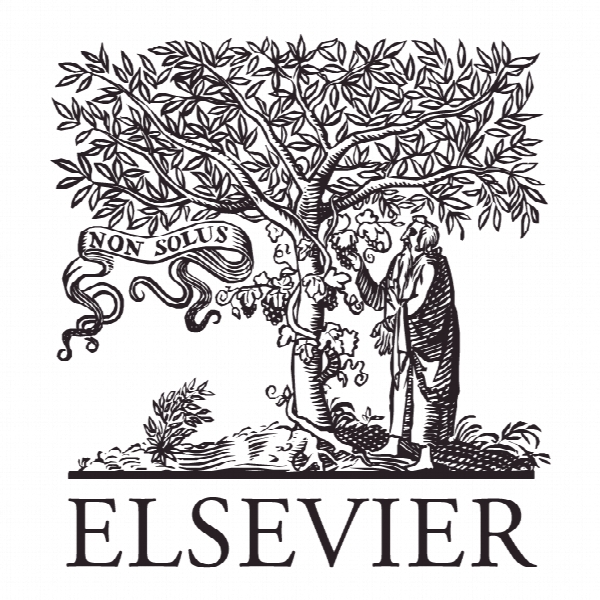حالت های نوآوری STI و DUI: تفاوت های علمی و فنی و خاص STI and DUI innovation modes: Scientific-technological and context-specific nuances
- نوع فایل : کتاب
- زبان : انگلیسی
- ناشر : Elsevier
- چاپ و سال / کشور: 2017
توضیحات
رشته های مرتبط مدیریت
گرایش های مرتبط مدیریت کسب و کار MBA
مجله سیاست تحقیق – Research Policy
دانشگاه گروه حسابداری، مالی و اقتصاد، دانشکده مدیریت، بورنموث، انگلستان
نشریه نشریه الزویر
گرایش های مرتبط مدیریت کسب و کار MBA
مجله سیاست تحقیق – Research Policy
دانشگاه گروه حسابداری، مالی و اقتصاد، دانشکده مدیریت، بورنموث، انگلستان
نشریه نشریه الزویر
Description
1. Introduction In this paper, we join the debate on business innovation modes (i.e., approaches to produce effective innovation outputs) that is derived from the wider literature on innovation systems (Lundvall, 1992, 2007; Jensen et al., 2007). These contributions identify and study the impact of different innovation modes, particularly the mode focused on scientific and technology-based innovation (STI) vs. the mode based on learning-by-doing, by-using, and byinteracting (DUI). Echoing the seminal contribution by Jensen et al. (2007) and a range of other studies (Isaksen and Karlsen, 2010; Aslesen et al., 2011; Chen et al., 2011; Parrilli and Elola, 2012; Fitjar and Rodriguez-Pose, 2013; Nunes et al., 2013), we analyse in particular whether the combined STI&DUI interaction mode has a stronger impact on innovation output than the two separate individual modes. Following this classification, this study proposes a novel hypothesis on the effectiveness of business innovation modes. We argue that the STI interaction mode alone has a ∗ Corresponding author. E-mail address: dparrilli@bournemouth.ac.uk (M.D. Parrilli). stronger effect on technological innovation (i.e. product and process), whereas the DUI mode tends to have a stronger impact on non-technological innovation (i.e. commercial and organisational). In line with the work of Fitjar and Rodriguez-Pose (2013) on the geography ofinnovation, we also attemptto determine the contextspecificity ofthese business interactions and innovation modes and their impact on the range of innovation outcomes. Through this analysis, we assess the impact of the proposed technology-based divide in synergy with the potential effect of cultural, institutional and social idiosyncrasies on the geographical reach (global vs. local) of STI and DUI interaction modes. The latter is justified by the literature on innovation systems and the so-called “innovation paradox” from which the debate on STI and DUI modes originates (see next section). This study is applied to a large sample of firms in the context ofthe Basque Autonomous Community in Spain, a small region that borders France. Basques’ cultural and production distinctiveness might lead local economic agents to develop a dense set of thick and significant local interactions. This feature might generate a context-specific approach to innovation in which the regional linkages are weighted and developed more than global linkages. The remainder of this paper is organised as follows. Section 2 provides a theoretical discussion of the relevance of innovation modes for business innovation.InSection3, we discuss themethodology applied in this study. In Sections 4 and 5, we present the empirical evidence related to both the impact of innovation modes on different types of innovation and the effect of different geographical scales on innovation. Finally, Section 6 provides some concluding remarks and identifies further steps for research.


